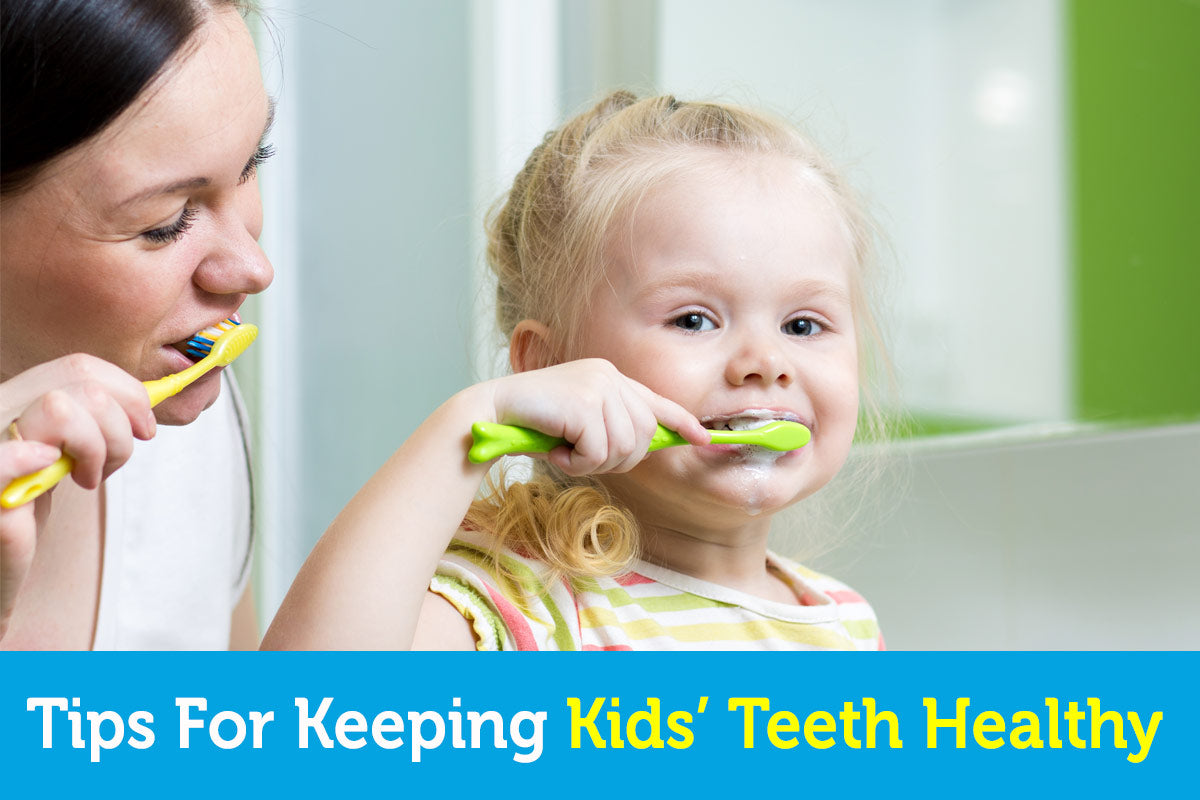Parents often struggle to teach their children the importance of eating a healthy, well-balanced diet. Oftentimes, well-intentioned encouragement turns into nagging, restrictions, and, worst-of-all, resistance.
If you are a parent who is having a difficult time controlling your child’s diet, the following six tricks will help make picky eating a thing of the past.
According to an article published in the Milbank Quarterly, the majority of American children aren’t eating diets that meet national nutrition guidelines.
Parents, healthcare providers, and educators often strive to improve this data. However, children are often their own guiding force when it comes to developing a healthy diet.
Getting Kids to Eat Vegetables
Getting children to eat their vegetables seems to be a timeless right of passage for parents.
Oftentimes, children have a difficult time trying new vegetables because of their varying tastes and textures.
Inspire your child to taste new vegetables, but don’t force them to down an entire serving if they express dislike. Children who are forced to eat something they don’t like may start to associate healthy eating with negative emotions.
Visit a specialty store, plant a small garden, visit a local farm, or consider signing up for a local CSA. Forming a connection with where their food comes from can have a lasting effect on children.
Healthy Eating for Children
Healthy eating habits should be a household commitment. Invite your child to accompany you during a grocery shopping trip, schedule a family cooking night, or purchase a new cookbook.
Involving your child in the decision-making process will empower them to make their own healthy decisions.
It can be easy to allow a busy schedule or modern technology to disrupt your eating times. However, do your best to set aside a bit of time to eat as a family.
Modeling good eating habits and reserving valuable time for meals reinforces the importance of a healthy diet.
Sugar-free Snacks for Children
Prepackaged snacks offer a convenient solution for post meal pick-me-ups. Yet, they often contain excess amounts of sugar, salt, and preservatives. Introduce tasty, sugar-free snacks such as nuts, nut butter, cheese, yogurt, or low-sugar fruits.
According to the Centers for Disease Control and Prevention, over 17% of children in the United States are obese.
Add that to the National Institute of Dental and Craniofacial Research’s claim that nearly 43% of children over two have dental caries, and you are confronted an alarming need to reduce our youth’s sugar intake.
Minimize the Rules
While it may seem like a wise idea to enforce restrictions on food intake, consider that those rules may have a negative impact as your child grows.
In an article recently published in “Health Education Research,” researchers concluded that children who faced dietary restrictions had a worse attitude toward healthy eating and a more negative body image.
Instead of instating household rules, try complimenting or praising your child when you catch them making a positive decision.
Stock your house with plenty of low-sugar, low-sodium snacks. This will make the decision-making process easier for your child, while still allowing them to make a choice of their own.
Keep the Conversation Positive
Children often learn by watching their parents behavior. You can help your child develop a more positive eating habit by setting your own example.
That being said, let your children know that it is alright to have a treat every now and then. By labeling desserts or salty treats as bad, we risk establishing an unnecessary taboo.
Remember, as a parent you have a great level of control over what your child eats. Still, avoid pressuring your child or restricting their diet.
The American Journal of Clinical Nutrition suggests parents promote self-regulation as early as possible.
Provide guidance, model good behavior, and give your children the tools to make the right decisions.
Cook Together
Children often learn in different ways. If your child is a hands-on learner, they may benefit from learning how to prepare their own healthy meals and snacks.
Visit your local library or bookstore and find healthy cookbooks geared toward children. This will give you and your child an opportunity to learn something new together and, hopefully, add some exciting new choices to the menu.
There are a vast number of activities and learning opportunities for children of all ages and skill levels. Even adults strive to better their eating habits. It is never too late to start.
Start a conversation about flavor, ingredients, and food preparation. Children’s taste buds are still developing. They may not appreciate the spiced eggplant you served last night, but there are plenty of other ways to prepare this unique vegetable.
If you are struggling to improve your child’s diet, remember to be patient, understanding, and positive.
Many people struggle with their dietary choices. Empower your child to take control and improve their diet on their own.
Remember, food should be fun! Get creative, stay positive, and help your child develop into a lifelong healthy eater.



